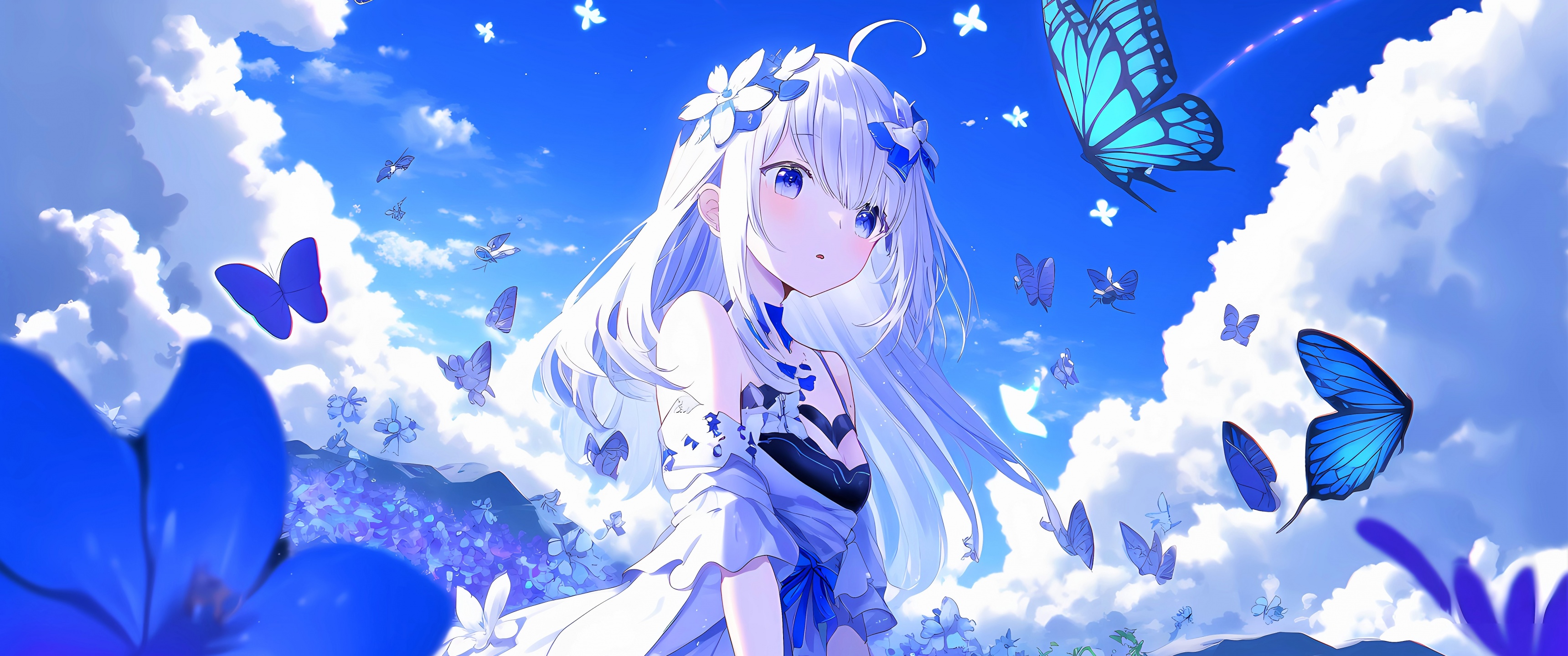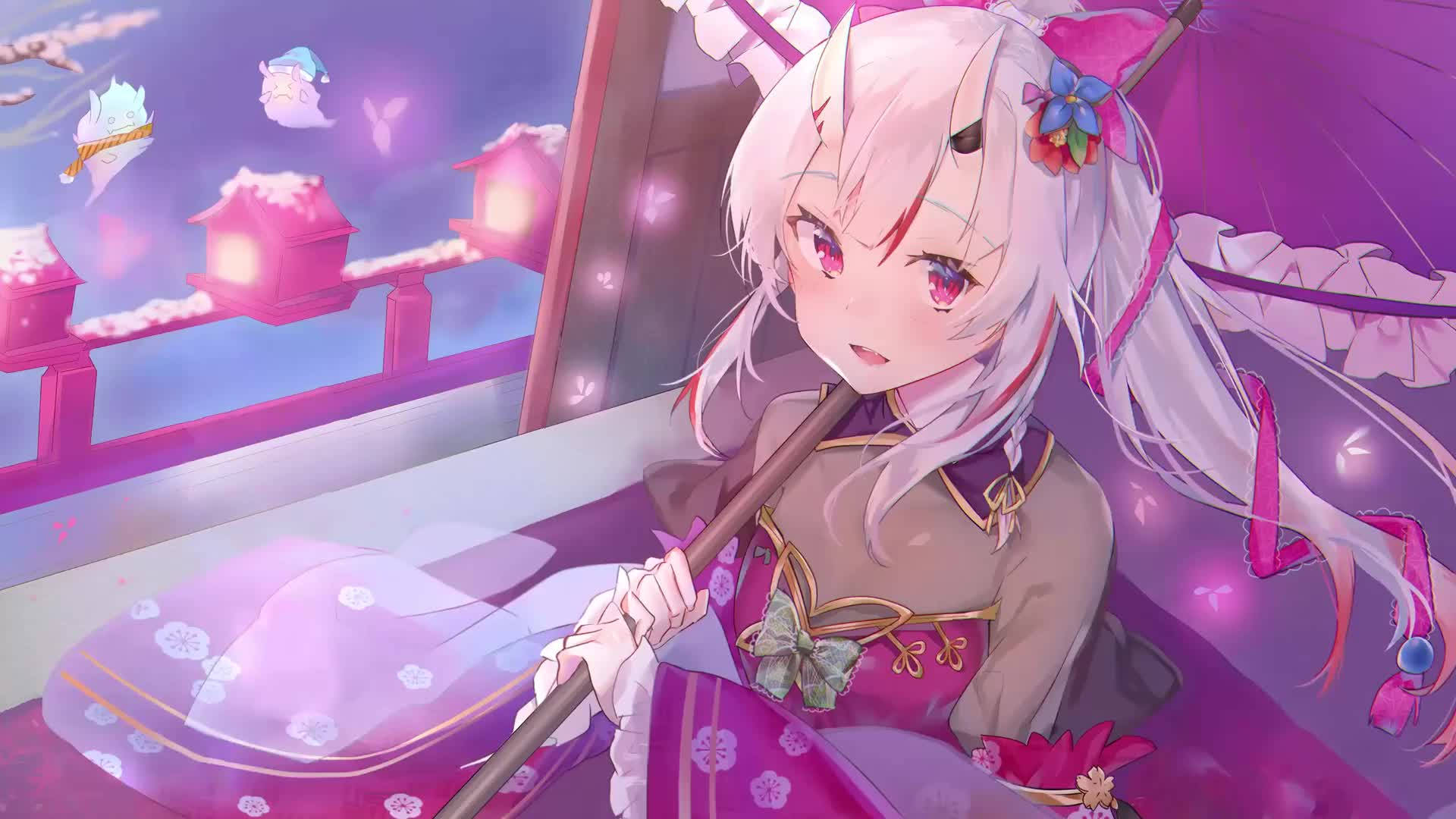Have you ever wondered why anime has taken the world by storm? It's not just about colorful characters or epic battles; it's an art form that resonates with millions across the globe. Anime has evolved from being a niche interest to becoming a global phenomenon, captivating audiences of all ages. Whether you're a die-hard fan or someone who's just curious, this article will take you on a journey through the fascinating world of anime.
When you think of anime, what comes to mind? Maybe it’s the iconic shows like Naruto, Dragon Ball, or Attack on Titan. But there’s so much more to it than just the popular series we all know and love. Anime isn’t just entertainment—it’s a cultural movement that bridges gaps between different societies. It’s an experience that transcends borders and connects people through storytelling.
So, why are we so obsessed with anime? Well, let’s dive into that. In this article, we’ll explore everything from its origins to its impact on modern culture. We’ll also look at how anime continues to grow and influence various aspects of life, from fashion to technology. Buckle up because we’re about to take a deep dive into the anime universe!
Table of Contents
- The History of Anime
- Exploring Anime Genres
- How Anime is Made
- Anime and Global Culture
- The Anime Industry Today
- Why Anime is So Popular
- Anime and Technology
- The Anime Fan Community
- The Future of Anime
- Conclusion: Why Anime Matters
The History of Anime
Let's rewind to the early days of anime. Believe it or not, anime didn’t just pop up outta nowhere. It started way back in the early 1900s when Japanese animators began experimenting with animation techniques inspired by Western cartoons. One of the earliest known anime films was "Namakura Gatana" in 1917. That’s right—over a hundred years ago! Fast forward to the post-World War II era, and anime began to flourish as Japan rebuilt its cultural identity.
Osamu Tezuka, often called the "God of Manga," played a massive role in shaping anime as we know it today. His work laid the foundation for many storytelling techniques and character designs that are still used. Tezuka’s influence can be seen in everything from the big eyes of anime characters to the complex narratives that captivate audiences.
Key Milestones in Anime History
- 1917: First known anime film, "Namakura Gatana"
- 1963: "Astro Boy" becomes the first anime broadcast on TV
- 1980s: The rise of mecha and science fiction anime
- 1990s: Global expansion with shows like "Dragon Ball" and "Sailor Moon"
Exploring Anime Genres
Anime is like a buffet of genres—there’s something for everyone. Whether you’re into action-packed battles, heartwarming romances, or mind-bending sci-fi, anime has got you covered. Some of the most popular genres include shonen (targeted at young boys), shoujo (for young girls), and seinen (for older male audiences). But wait, there’s more!
Let’s break it down a bit further:
- Shonen: Think Dragon Ball, Naruto, and One Piece. These shows are all about adventure, friendship, and epic fights.
- Shoujo: Shows like Sailor Moon and Fruits Basket focus on romance and emotional growth.
- Seinen: Darker and more mature themes are explored in series like Berserk and Death Note.
Why Genre Matters
Understanding genres helps you find the perfect anime for your taste. It’s like choosing a flavor at an ice cream shop. Each genre offers a unique experience, and once you find your favorite, it’s hard to go back.
How Anime is Made
Ever wondered how anime is created? It’s a complex process that involves a lot of talented people working together. First, there’s the planning phase where the story and characters are developed. Then comes the storyboard, which is like a blueprint for the animation. After that, the actual drawing begins, followed by coloring, sound design, and editing. It’s a lot of work, but the end result is worth it!
One interesting fact is that many anime series are adaptations of manga (Japanese comic books). This means the story already has a solid foundation, which can make the production process smoother. However, original anime also exists, and these projects require even more creativity and innovation.
Tools of the Trade
Modern anime studios use a mix of traditional and digital techniques. While some still prefer hand-drawn animation, others embrace digital tools to speed up the process. Programs like Toon Boom and Adobe Animate are commonly used in the industry.
Anime and Global Culture
Anime has had a profound impact on global culture. It’s not just entertainment; it’s a way of life for many fans around the world. Anime conventions, merchandise, and even themed cafes have become part of the mainstream. Shows like "Attack on Titan" and "My Hero Academia" have introduced anime to audiences who might not have discovered it otherwise.
Moreover, anime has influenced other forms of media, including video games, movies, and even Western animation. Shows like "Avatar: The Last Airbender" and "The Legend of Korra" are clear examples of how anime has inspired creators beyond Japan.
Cultural Exchange
Anime serves as a bridge between cultures. It allows people to experience Japanese traditions, values, and philosophies in a fun and accessible way. At the same time, anime creators often incorporate elements from other cultures, creating a melting pot of ideas and perspectives.
The Anime Industry Today
The anime industry is booming like never before. With the rise of streaming platforms like Crunchyroll, Funimation, and Netflix, more people than ever have access to anime. This increased demand has led to a surge in production, with studios churning out new series at an impressive rate.
But with great success comes great challenges. The industry faces issues like budget constraints, tight deadlines, and burnout among animators. Despite these challenges, the passion and creativity of anime creators continue to drive the industry forward.
Streaming Platforms: A Game Changer
Streaming platforms have revolutionized how we consume anime. No longer do fans have to wait for DVD releases or rely on illegal downloads. With a subscription, you can watch your favorite shows legally and instantly. This convenience has helped anime reach a wider audience and gain mainstream acceptance.
Why Anime is So Popular
So, what makes anime so appealing? For starters, it offers a level of depth and complexity that’s often missing in Western cartoons. Anime characters are multi-dimensional, with rich backstories and emotional arcs that resonate with viewers. The storytelling is also more mature, tackling themes like love, loss, and identity in ways that feel authentic.
Another reason for its popularity is the visual style. Anime’s unique art direction and animation techniques create a distinct aesthetic that’s both beautiful and captivating. Whether it’s the vibrant colors of "Neon Genesis Evangelion" or the haunting beauty of "Your Name," anime visuals leave a lasting impression.
Connecting on a Personal Level
Anime has a way of connecting with viewers on a personal level. It’s not just about watching a show; it’s about experiencing something that speaks to your soul. Fans often find themselves identifying with characters and their struggles, creating a sense of community and belonging.
Anime and Technology
Technology has played a significant role in the evolution of anime. From the early days of hand-drawn animation to the advanced CGI we see today, technology has allowed anime to push the boundaries of what’s possible. The use of digital tools has made animation faster and more efficient, enabling studios to produce high-quality shows at a lower cost.
Virtual YouTubers (VTubers) are another example of how technology and anime intersect. These digital influencers, often represented by anime-style avatars, have gained massive followings online. They combine the charm of anime with the interactivity of live streaming, creating a new form of entertainment.
The Future of Animation
As technology continues to advance, the possibilities for anime are endless. Virtual reality (VR) and augmented reality (AR) could revolutionize how we experience anime, allowing us to step into the worlds we love. Imagine exploring the streets of Tokyo in "Ghost in the Shell" or battling alongside Eren Yeager in "Attack on Titan." The future is bright for anime fans!
The Anime Fan Community
Anime fans are some of the most passionate and dedicated communities out there. They gather at conventions, create fan art, and even cosplay as their favorite characters. This sense of community is one of the reasons anime has become so popular. It’s not just about the shows; it’s about the connections fans make with each other.
Fan-created content, such as fan fiction and fan art, plays a vital role in the anime ecosystem. It allows fans to express their love for a series and contribute to its ongoing story. Some fan creations have even gained enough attention to inspire official adaptations or collaborations.
Building Connections
Anime brings people together in ways that few other forms of media can. It creates a shared language and experience that transcends cultural and linguistic barriers. Whether you’re at a convention or discussing your favorite episode online, anime provides a platform for connection and understanding.
The Future of Anime
Looking ahead, the future of anime looks bright. With new technologies, expanding audiences, and increasing global recognition, anime is poised to continue its ascent. We can expect to see more collaborations between Japanese studios and international partners, as well as new genres and storytelling techniques.
One exciting trend is the growing recognition of anime as a legitimate art form. More and more people are beginning to appreciate anime not just as entertainment but as a medium for exploring complex themes and ideas. This shift in perception will undoubtedly lead to even greater opportunities for anime creators and fans alike.
What’s Next for Anime?
The possibilities are endless. From new streaming platforms to innovative storytelling methods, anime will continue to evolve and adapt to the changing world. As long as there are passionate creators and dedicated fans, anime will remain a vibrant and dynamic part of global culture.
Conclusion: Why Anime Matters
In conclusion, anime is more than just cartoons. It’s a cultural phenomenon that has touched the lives of millions around the world. From its humble beginnings to its current status as a global powerhouse, anime has proven time and again that it’s here to stay. Whether you’re a lifelong fan or just starting to explore the world of anime, there’s something for everyone to enjoy.
So, what are you waiting for? Dive into the world of anime and discover the magic for yourself. Share this article with your friends, leave a comment below, or check out some of our other articles on anime. Together, let’s celebrate the art form that continues to inspire and captivate us all!


